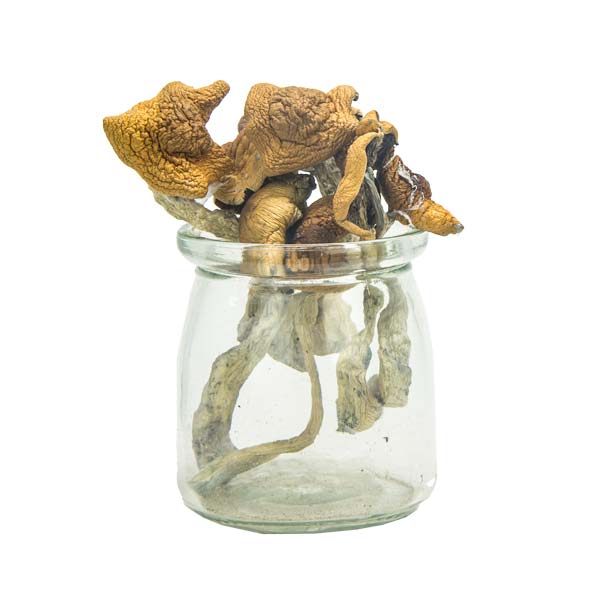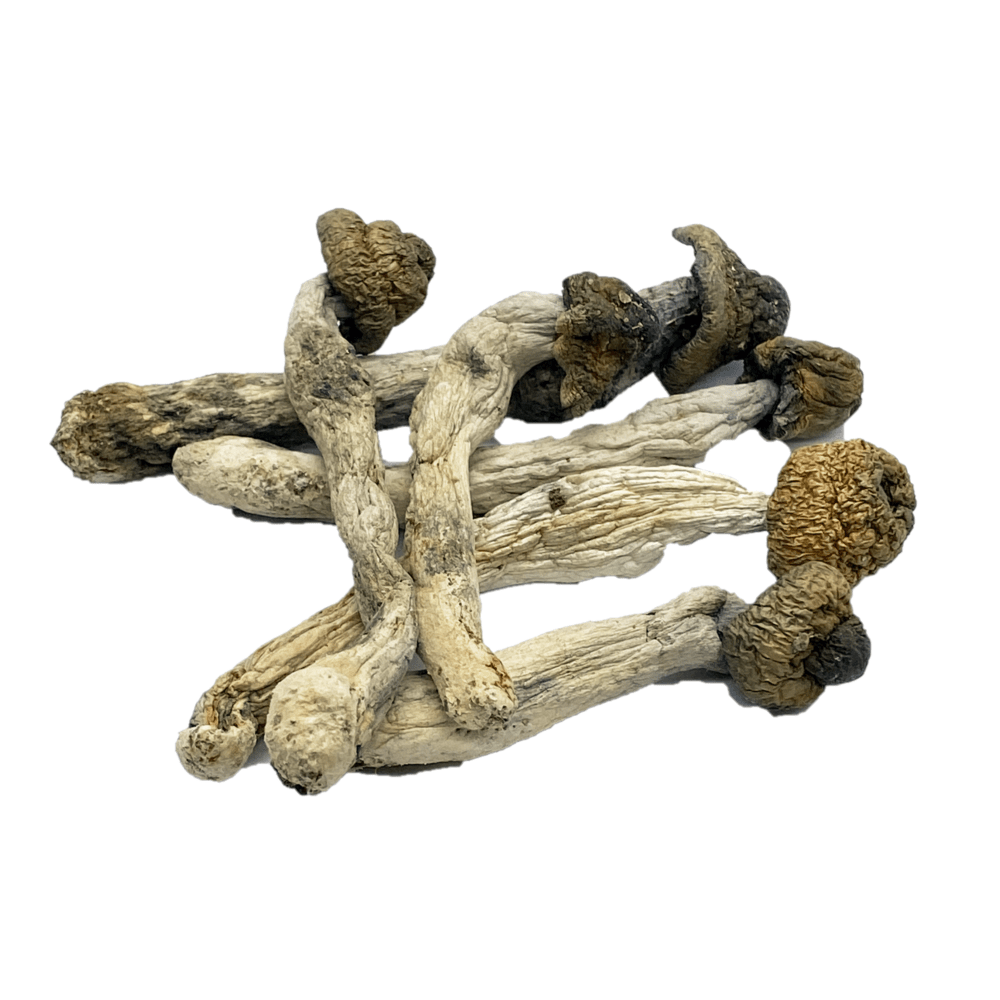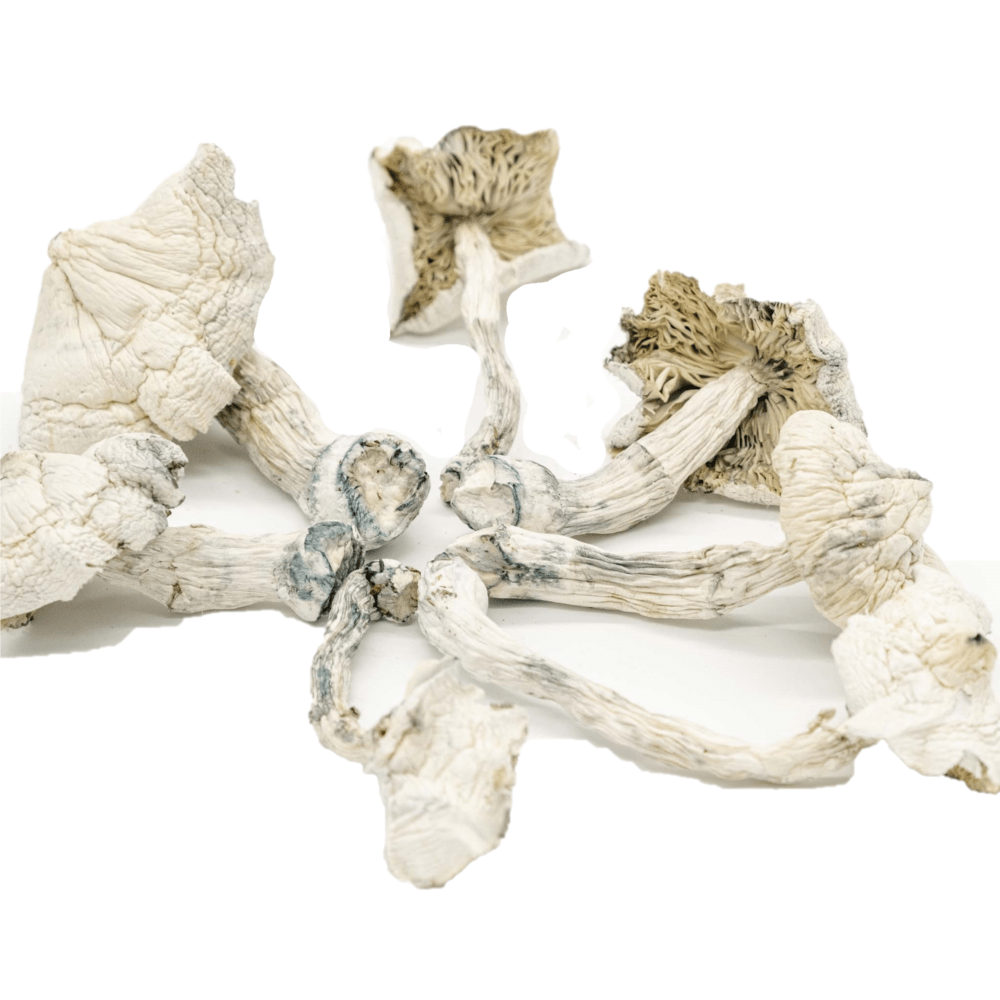Aztec Gods Magic Mushrooms (Premium)
Buy Aztec Gods Magic Mushrooms Premium . If you’re looking for one of the most potent and ancient cannabis traditions — nothing compares to Aztec Gods. The effects of Aztec Gods Magic Mushrooms are astounding, from utter-sedation to mind-melting relaxation. Furthermore, the flavor is unparalleled due to its divine taste. Meant to be taken spiritually, the highly introspective nature of these shrooms makes them perfect for speaking with the gods.
The different varieties of psychoactive mushrooms, also known as magic mushrooms, which contain psychoactive alkaloids such as psilocin, psilocybin and baeocystin, belong to the families Strophariaceae and Hymenogastraceae of basidiomycete mushrooms
Psilocybin mushrooms have been used by different cultures for their intoxicating effects, particularly in the Mesoamerican Aztec peoples of the pre-Columbian era and later among the Mazatecs and Zapotecs.
Some of the best known species are the Psilocybe semilanceata, Psilocybe cyanescens, Psilocybe azurescens and, above all, the Psilocybe cubensis, of which there are dozens of varieties such as the B+, Ecuador, Mazatapec, and many many more.
In the New World different groups have used and continue to use Aztec Gods Magic Mushrooms. In particular, different Mexican ethnic groups, such as the Mazatecs, Mixitecas and Zapotecs, among others. Vessels in the shape of mushrooms have been found associated with the pre-classical and classical Mayan periods in Mexico, Guatemala, Honduras and El Salvador.
Some accounts note that the mushrooms were mixed with mescal (pulque), a naturally fermented beverage obtained from agaves and drunk like wine. It was also known to be mixed with chocolate
The first documented reports about the use of mushrooms are from an indigenous person named Tezozomoc, who wrote in Spanish in 1598 about the use of intoxicating mushrooms in the celebration of the coronation of Moctezuma II in 1502, during the Aztec civilization.
The spores are elongated-ellipsoid in face view, roughly terete (more or less cylindrical but usually tapering at both ends), slightly inequilateral or asymmetrical in side view—the so-called “mango” form. They typically have dimensions






